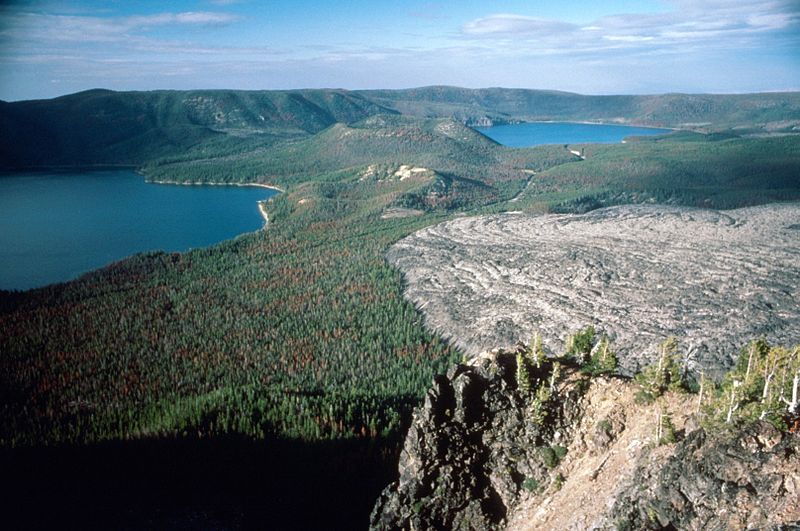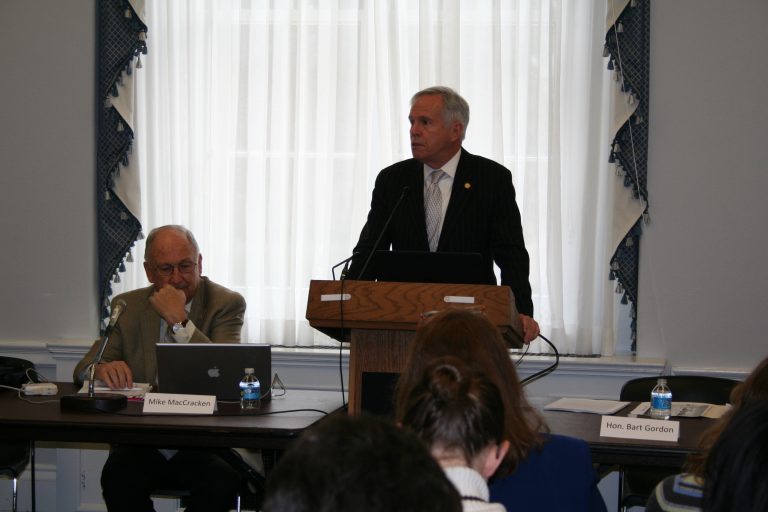
Geothermal engineering in Newberry volcano
By Peter Janetos, ESA public affairs intern In the quest for cleaner, greener, and cheaper energy some are looking 10,000 feet below central Oregon where temperatures exceed 600 degrees Fahrenheit in Newberry Volcano. A recent Popular Science article takes a closer look at this latest initiative for renewable energy. Deschutes National Forest is home to the volcano, where AltaRock Energy…

